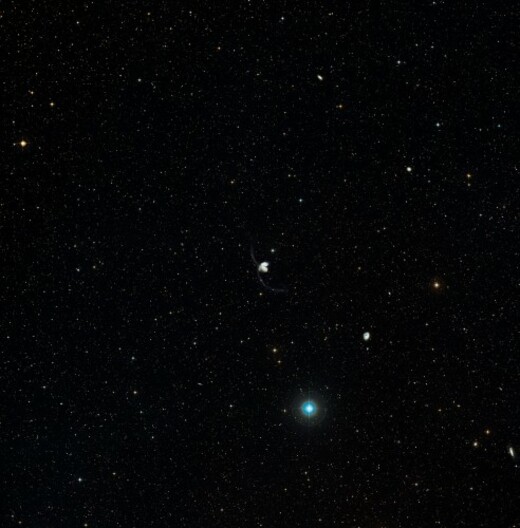
THE WORLD’S MOST complex Earth-based astronomy observatory has begun capturing and releasing images of newborn stars, despite still being under construction.
The Atacama Large Millimetre/submillimetre Array (ALMA) captures space imagery which cannot be seen by visible light or infrared telescopes.
Based in northern Chile, around a third of ALMA’s planned 66 radio antennas are in operation. The wavelengths of light ALMA works on are around 1,000 times longer than visible light wavelengths, facilitating the study of extremely cold objects such as the dense clouds and gases which form stars and planets.
Describing the telescope’s technique in capturing images of new stars, the European Southern Observatory says:
While visible light reveals the newborn stars in the galaxies, ALMA’s view shows us something that cannot be seen at those wavelengths: the clouds of dense cold gas from which new stars form. The ALMA observations…were made at specific wavelengths of millimetre and submillimetre light (ALMA bands 3 and 7), tuned to detect carbon monoxide molecules in the otherwise invisible hydrogen clouds, where new stars are forming.
The ESO says that NASA’s Hubble telescope is the “ultimate benchmark” in terms of high resolution images from space. However, ALMA will capture images with a resolution up to ten times sharper than Hubble’s once it is fully functional.
The ALMA project involves the partnership of Europe, North America, East Asia and Chile.
Gallery: Check out some of the first images captured by ALMA:





















COMMENTS (2)